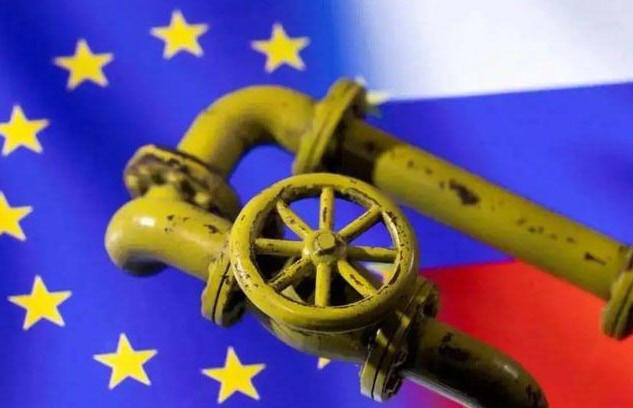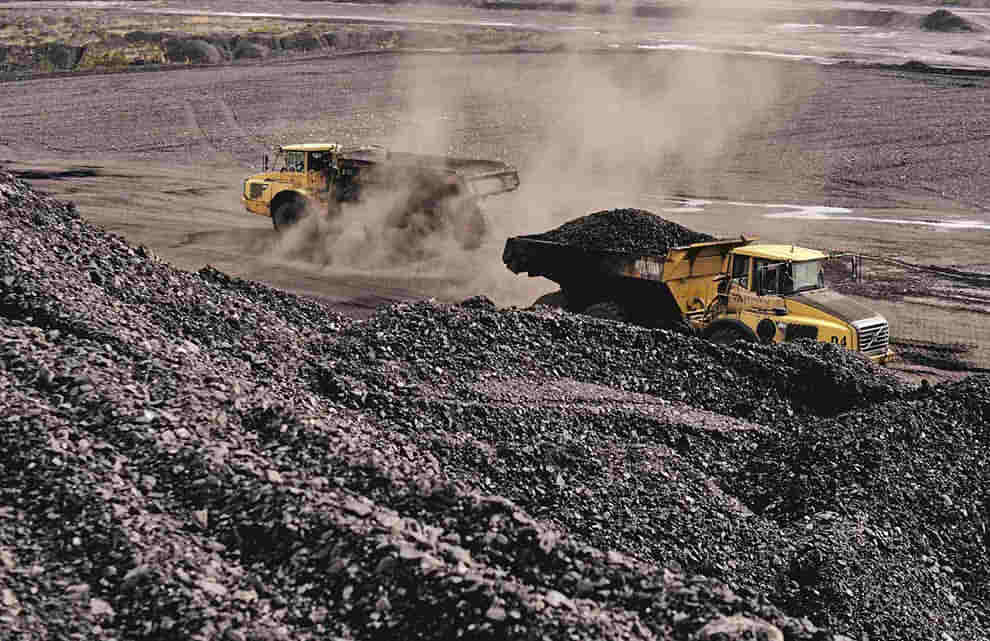As the European energy crisis intensifies, European countries struggle to find alternative supply options to Russian coal and gas. According to the International Energy Agency, Global coal sales are forecast to total 8.000 million tons in 2022, reaching the record again 2013.

The Largest European Coal Producing Country, Poland in Coal Scarcity
According to reports, the 70% from electricity from Poland comes from coal. And ones 3,8 Millions of homes depend on coal for heating. While their own domestic coal production rate declines, Russian coal imports increase. Last year, poland imported 12 million tons of coal, of which some 8 million came from Russia.
Nevertheless, after the outbreak of the Russian-Ukrainian conflict, the EU imposed a coal embargo on Russia. Poland's domestic coal production could no longer meet the population's demand for coal in winter. Rising natural gas prices have made coal, relatively cheap, be a more popular heating fuel.
Not Podanka, in eastern Poland, worried about lack of fuel in winter, people stay up all night queuing to buy coal. The rise of the coal market has given rise to many unscrupulous people. Some scammers even use dyed black stones to impersonate charcoal. Recently, several Poles have been the target of coal scams.
A county resident Zawierce, in the Silesian Voivodeship, ordered three tons of coal. But after a few rains, the “Coal” you bought started to fade. And he realized that what he had bought was not fuel, but stained stone. The local police issued a warning advising people to buy the coal through the proper channels..
Germans Stock Up on Coal Due to High Cost of Gas
The German Government has announced a state surcharge on gas tariffs from October this year. This will add almost 500 euros to the energy bill of a family of four. In the eyes of the citizens, burning coal for heating is clearly the most cost-effective option.
Lately, business is booming for coal suppliers, with orders already lined up for next month. in previous years, coal was bought mostly by people who lived in old communities and could only heat their houses with coal. This year, nevertheless, there has been an influx of new customers buying coal.

European Energy Crisis Drives Coal Trade
Coal imports into EU countries have risen sharply so far this year. In the first half of the year, EU coal imports amounted to 57,6 millions of tons. This represents an increase in 49,6% interannual.
World imports of energy coal transported by sea reached 97,8 million tons in July, the highest level on record and an increase greater than 9% interannual.
An owner of a Serbian coal carrier said that before the conflict between Russia and Ukraine, only one in ten ships carried coal. Now, nevertheless, the proportion has risen to one in five.
Europe has recently intensified its efforts to develop wind and solar power, but this is not enough to alleviate the current energy crisis. For some European countries suffering from a shortage of energy and electricity, next winter will be difficult.
